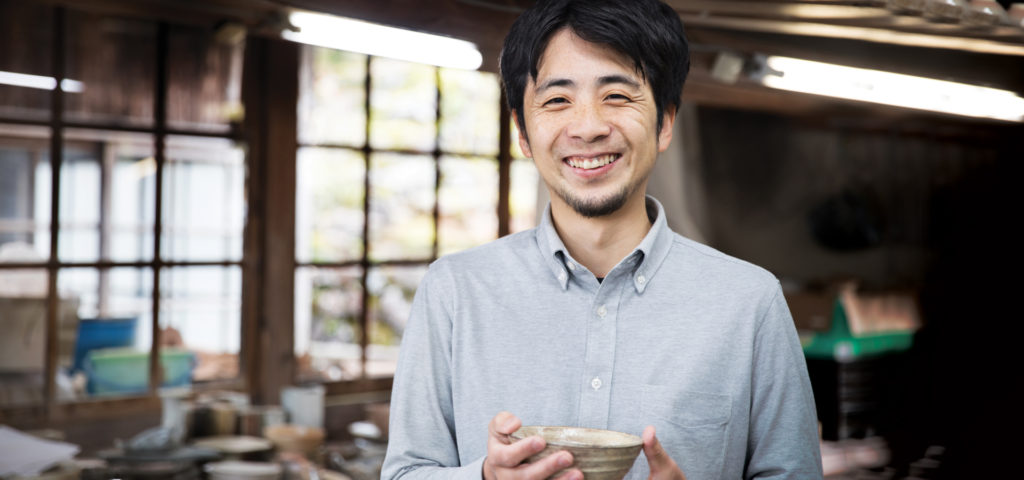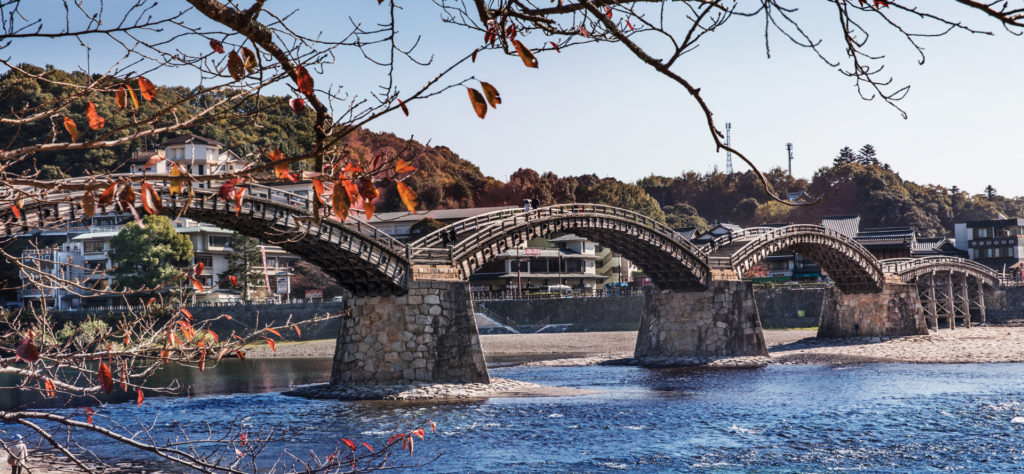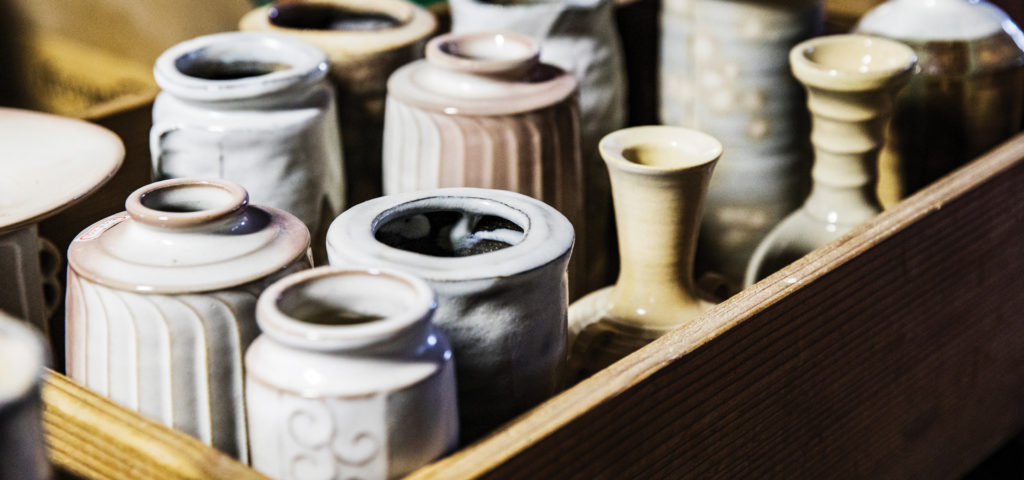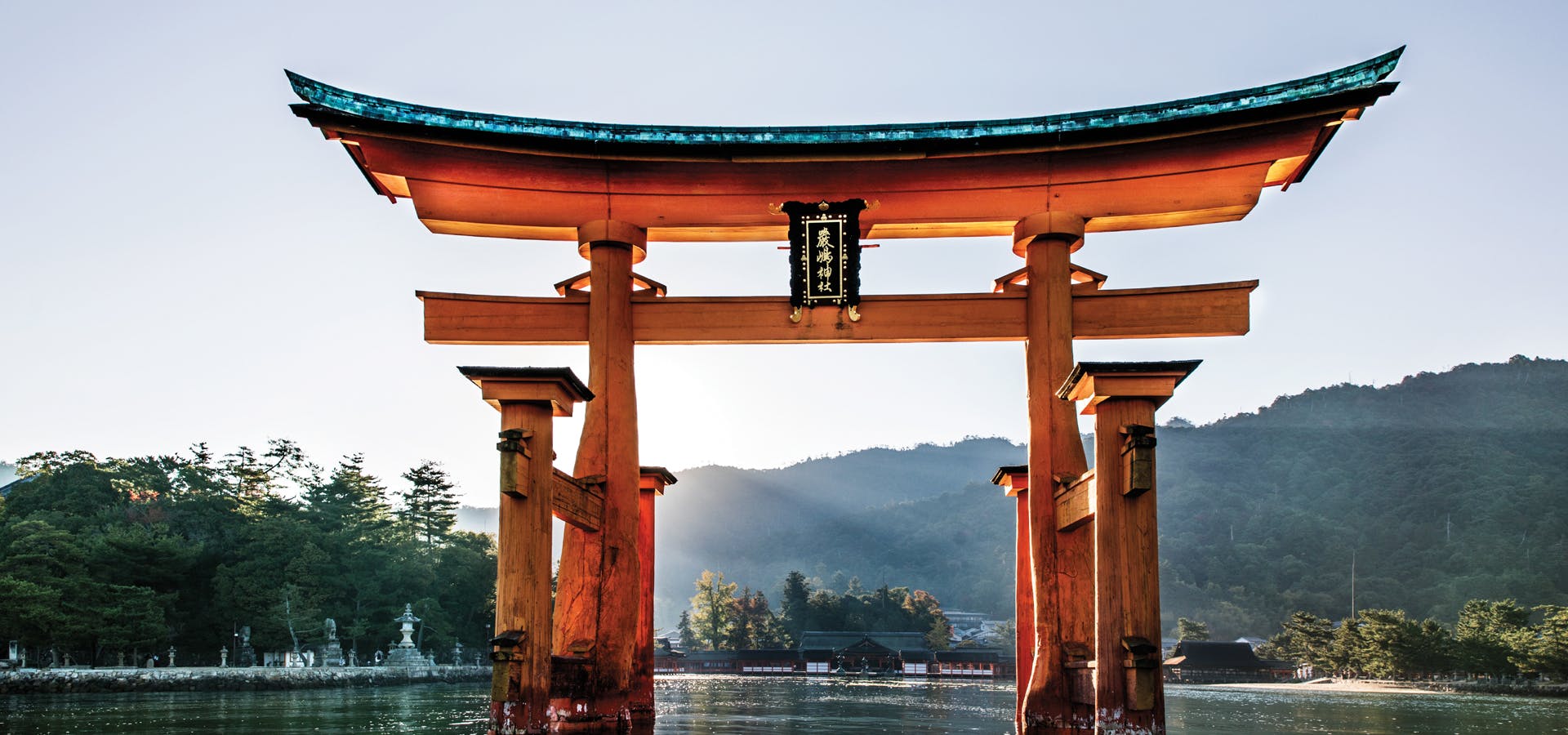The air was still on this sunny afternoon on the island of Teshima in the Setouchi region of Japan. A 20-minute walk led us into the depths of a forest. Here, artist Christian Boltanski installed 400 wind chimes in a work entitled La Forêt des Murmures. Like trees, the heights of the wind chimes vary. Each has a transparent strip where the name of a loved one could be registered and inscribed.

With every step we took, leaves rustled beneath us. An occasional breeze caused the bells to chime softly. The sound was soothing and one that stays with you. I could imagine the whirring on a windy day.
“This artwork is an endless work. It is my hope that the entire forest will eventually echo with the sound of wind chimes,” Boltanski notes. “Maybe it will become a place of pilgrimage, where people still come to pray after my name is forgotten.”

The Setouchi Region is comprised of seven prefectures covering 350 islands flanking the Seto Inland Sea. These islands have experienced a dramatic decline in production and population due to modern generations not participating in the local trades of fishing and farming. On the island of Teshima in Kagawa Prefecture, the population has dwindled to only 800 people.
Site-specific works of art, as well as another ongoing project by Boltanski entitled Les Archives du Coeur (Archives of the Heartbeat), draw visitors to Teshima. Since 2008 Boltanski has been recording the heartbeats of people from around the world. As with fingerprints, every person’s heartbeat is unique. At the museum visitors can record their heartbeat and are given a registration number and a CD-booklet as a memento.
Visitors can also search the database by name and listen to any pulse recorded. The finale of the exhibit occurs when you enter a room with a single flickering light, mirrors and a powerful thumping sound of recorded heartbeats—one after another.

Another draw to the island is artist Rei Naito and architect Ryue Nishizawa’s Teshima Art Museum. The stark white structure resembles a water droplet. Nestled in a forest, the only sounds you hear are birds chirping. It is the definition of serenity.
You enter barefoot or in socks and watch for droplets that trickle out from the ground and travel throughout the space. The experience mimics gazing through the window on a rainy day and watching droplets travel—but on a much larger scale.
There are many more museums and one-off installations that beckon exploration of the various islands. In Naoshima’s Honmura district is the not-to-be-missed Chichu Art Museum. Built underground to not disrupt the natural landscape, the museum features five Water Lilies paintings by Claude Monet in a commanding, all-white marble room where you’re given slippers to wear and viewing is limited to a handful of people at a time.
There are also three works by artist James Turrell including an immersive light installation that allows visitors to step into an opening that emanates purple light. It appears—impossibly and paradoxically—to have endless depth and yet be one-dimensional.

While on the island of Naoshima one must also experience the Art House Project. Naoshima’s population has declined over time, leaving homes in the region abandoned. In this project, seven vacant homes were given new life by artists who created a work of art in the spaces.
Among the artists to curate one of the abandoned homes is Turrell, who installed an experiential piece, Backside of the Moon. A local who has found his life’s calling through art, Turrell guides the enigmatic exhibition of sight, which is a personal favorite and should be experienced without prior explanation.
The power of art isn’t only its ability to move people—but also how it brings people together. In addition to these permanent works, the Benesse Group—Japan’s largest education company—introduced The Setouchi Triennale in 2010. The festival, themed “Restoration of the Sea,” aimed to bring happiness to the elderly islanders, fishermen and farmers and revitalize the islands’ economies.

In 2016 the islands welcomed more than 1 million visitors to the art festival. The effects of the festival can be seen in the regeneration of the communities. Through the triennial, the resident numbers have increased. As a result, an elementary school reopened on Ogijima Island.
This year the triennial contemporary art festival will be held in the spring, summer and fall (April 26 to May 26; July 19 to August 25; and September 28 to November 4). To date, there are 184 visual and performance artists from more than 30 countries participating. Some works of art will be selected to become permanent fixtures (La Forêt des Murmures was unveiled during the 2016 Setouchi Triennale).
Before visiting the Setouchi region of Japan, there had not been an art installation that moved me, nor had I witnessed the power it has to bring people together. Now, like Christian Boltanski hoped, I would make the journey to Japan to experience more site-specific works and couldn’t recommend it more.










